Bringing the power - How Honda created a front-running F1 engine again
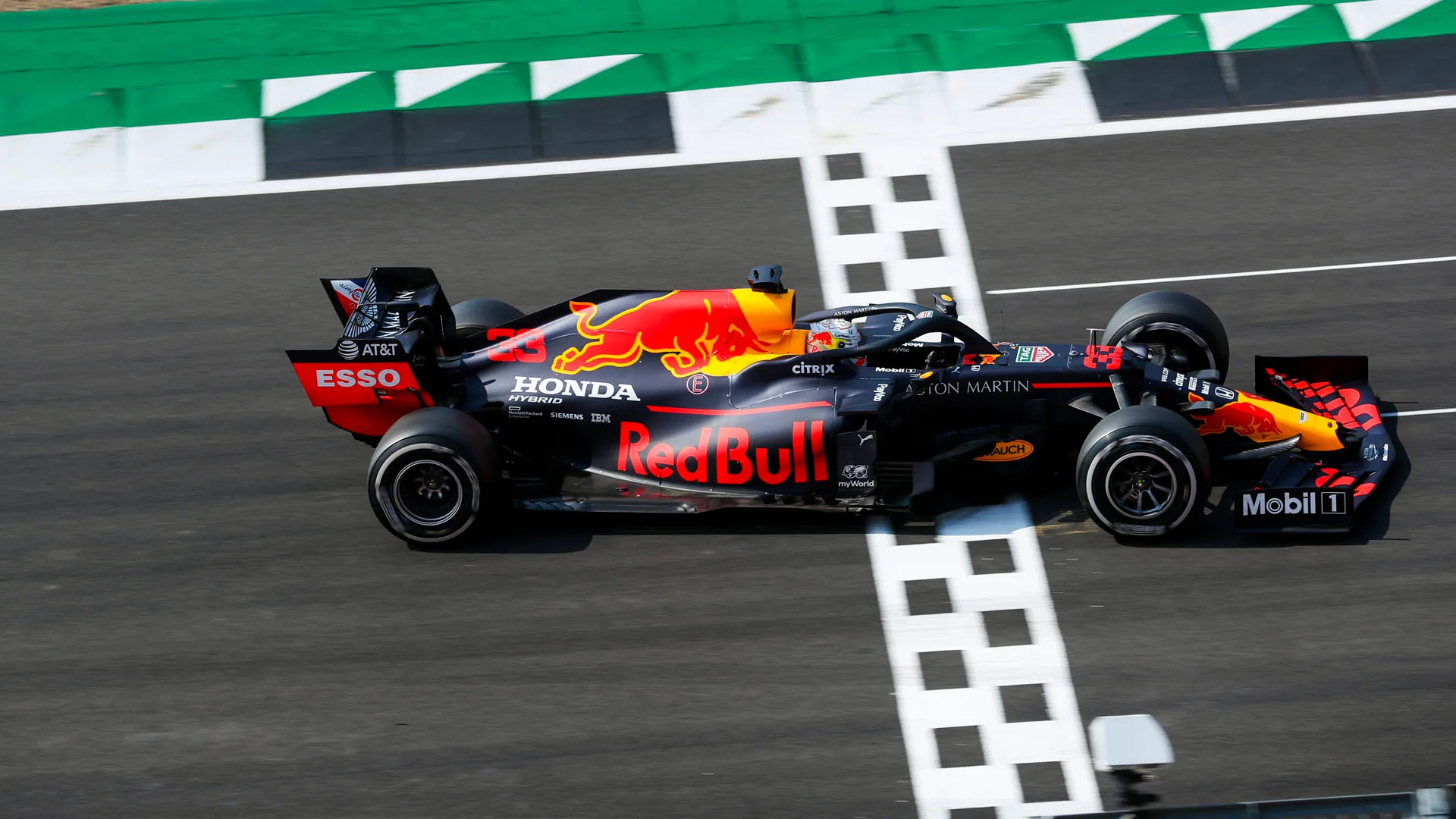
When Honda re-entered Formula 1 in 2015, they had a power unit which was woefully unreliable and massively under-powered. But after three tortuous years with McLaren, Honda was reborn within the Red Bull family. Having been the worst engine of the lot, they’re now second-best and capable of regular podiums - and at certain circuits they're potential winners. But how have they done it?
1. Resilience and refusing to give up
Honda took beating after beating during their time with McLaren, the Japanese manufacturer usually taking the brunt for disappointing results. You could visibly see the intense pressure they were under. But, as is their employees’ nature, they never complained. They simply battled to find a solution.
On joining forces with Toro Rosso, that pressure was released immediately. The atmosphere was completely different, and Honda were given more freedom. And they could also lean on their tough experiences since returning to Formula 1 for 2015.
READ MORE: Red Bull and AlphaTauri to benefit from new-spec Honda power unit in Austria
“We have learned so many things from the McLaren days, those three years, and also that year from Toro Rosso was quite big for us to learn many things,” says Honda motorsport boss Masashi Yamamoto, as we speak via video call. “So I’m not surprised [by how quickly Honda have progressed], it was as planned. But one surprise, not in a good way for us, is that Mercedes is very strong this year.”
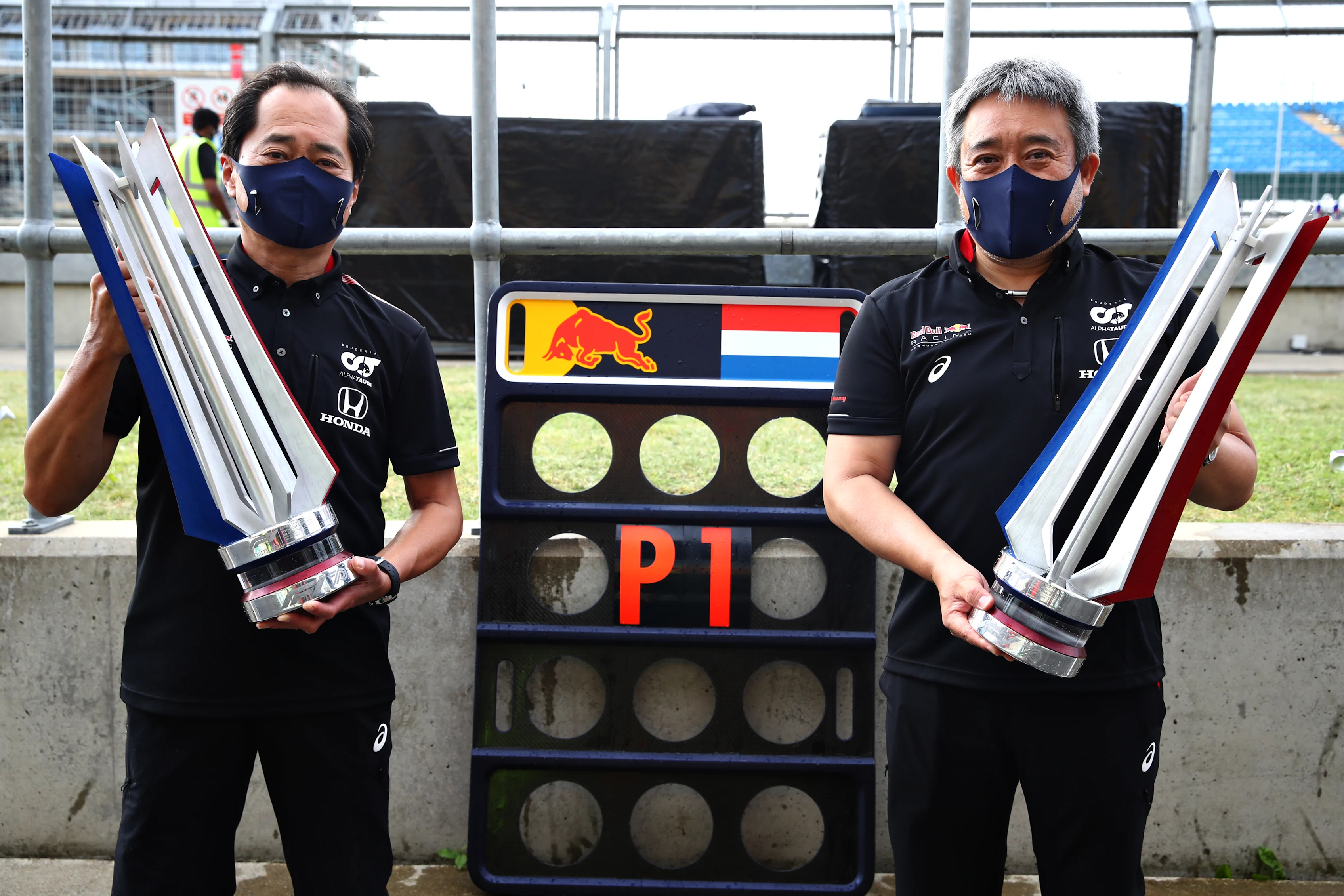
2. Stretching their legs, going aggressive
Honda’s progress has been rapid since severing ties with McLaren. They achieved a fourth place – their best since returning in 2015 – with Toro Rosso in only their second race together. From there, they pushed on focusing on reliability – while learning to work with the Red Bull family ahead of taking on the works team the following year.
In 2019, they were given freedom and went aggressive with development, bringing updates to the track as soon as they were ready, even if it mean grid penalties for exceeding allocations, because Red Bull and Honda had collectively agreed this was the best way forward. Turns out, it was. It’s that improved relationship that has been critical.
READ MORE: Red Bull pair take new power unit elements for 70th Anniversary GP weekend
“The biggest factor [in our progress] is communication,” adds Yamamoto. “Both Honda and Red Bull is really open about their chassis and engine. We are very frank and we can say whatever we want to say. And Red Bull are very open and frank with us. It’s also quite important, that we can get direct feedback from drivers as well.
“Red Bull is also 100% committed to winning, and that is where all their focus lies, and that matches the aims of our company. We just want to win. They let us do whatever we need to do to produce a package that can win. That’s the biggest driving factor.
“We needed a certain amount of time to catch up, as we were three years behind in the development of the power unit. We have now reached that point – so now we can compete with our rivals.”
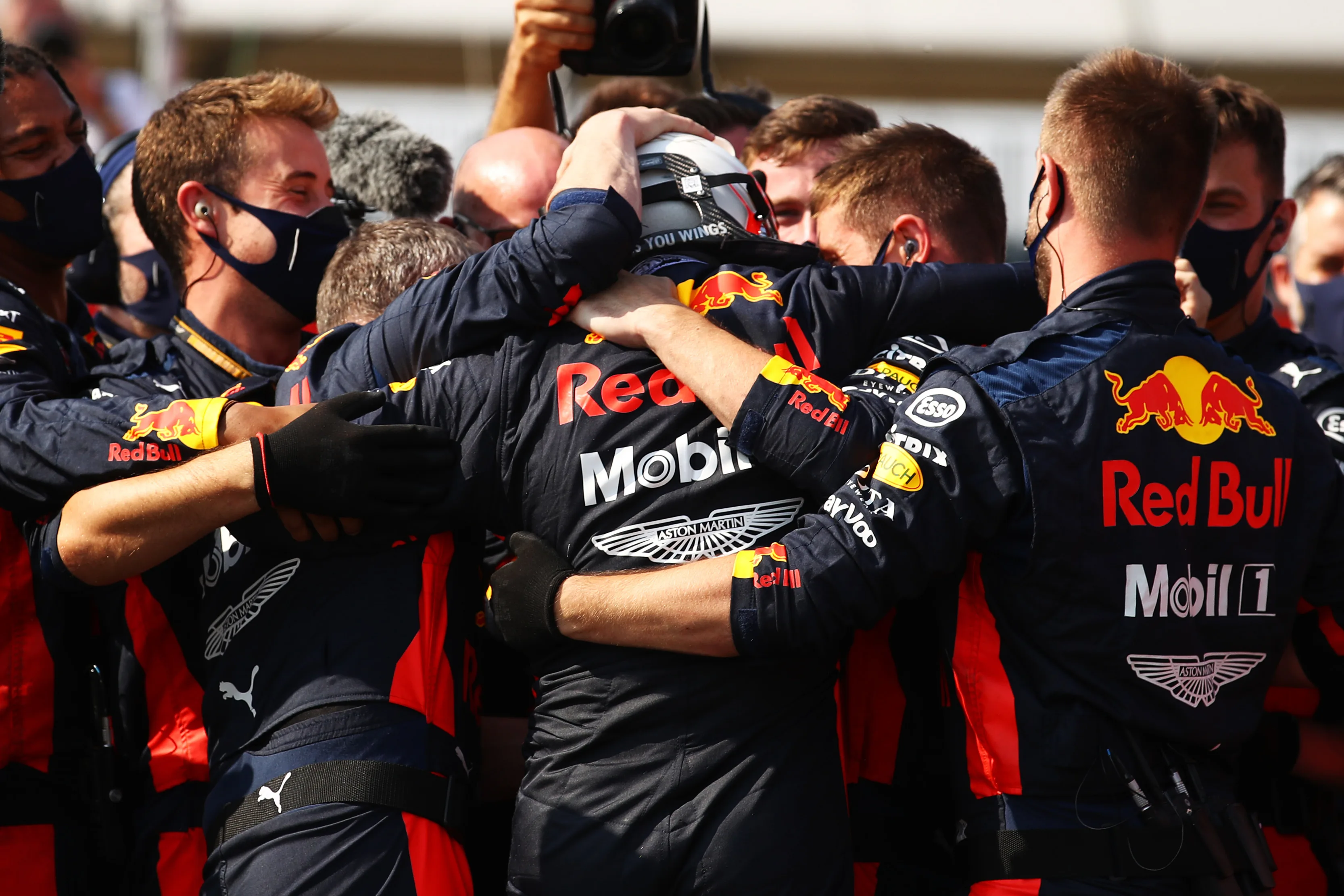
3. Aggressive winter development
On their debut with Red Bull, Honda scored their first podium since returning to F1. In race nine, they scored their first victory. Their second followed two races later. They ended 2019 with three wins, two seconds, and four thirds. A remarkable achievement.
Their winter development programme was similarly aggressive and they arrived in Barcelona with a power unit, which according to their rivals, was now on par with Renault and ahead of Ferrari – which had dropped back from first to fourth following the issuing of Technical Directives over the winter.
READ MORE: Max Verstappen defeats Mercedes duo to seal brilliant Silverstone win
Since then, data suggests they are now ahead of Renault in a clear second. They introduced a so called party mode last year, and while the clampdown is expected to impact them like their rivals, those inside the paddock predict they will remain second in the pecking order.
Where does Yamamoto think they stack up? After a long pause, he says: “There are various factors we have to think about like downforce and drag, so it’s not simple. But from GPS data, we think Mercedes well ahead of us, and second, third and fourth is really close. During the race, we’re a little bit in front of Renault and Ferrari but it is close.”
It’s a remarkable turnaround for a engine manufacturer who were on the verge of pulling out of F1 after their miserable time with McLaren and were even debating their future before committing to Red Bull and AlphaTauri until the end of 2021.
“It is a relief that we are finally get good competitiveness against our rivals, but we want to support our drivers even more, especially now development during the season is not allowed,” he says. “With the management of PU and other things, we think we can support our drivers to have better races.”
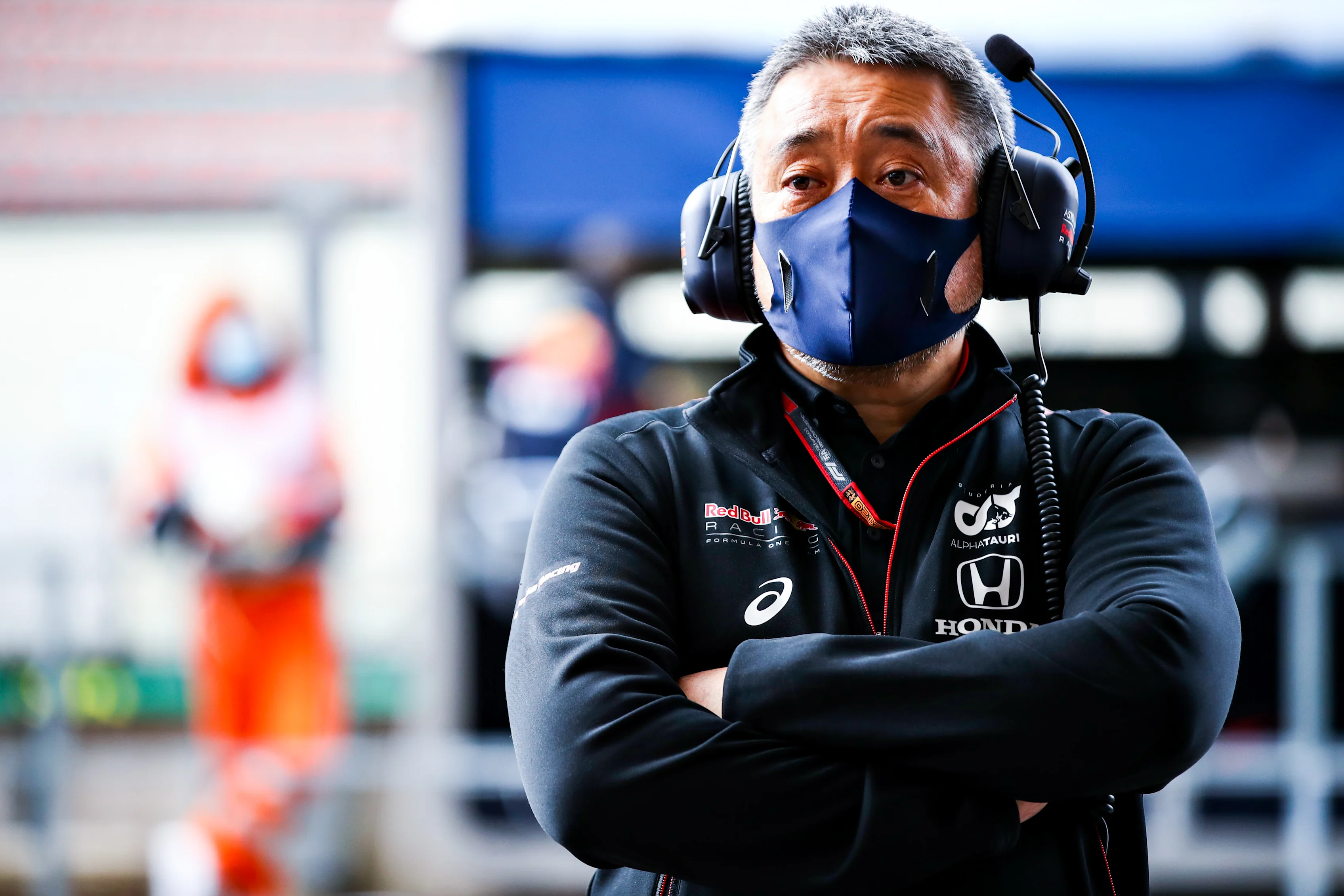
4. Working efficiently
Honda’s future in Formula 1 beyond 2021 remains unclear, with the Japanese manufacturer’s board members still uncertain of their best course of action going forward.
They have taken heart from the new Concorde Agreement getting over the line as well as the revisions to the Sporting and Technical Regulations and introduction of new financial rules to make the championship more sustainable – although they do have some reservations.
READ MORE: Analysis - What the new Concorde Agreement means for Formula 1
“We think the budget cap a good thing but we are 50-50 regarding how we feel about limiting the development time because we started development of our PU later than others [by virtue of entering F1 once the new turbo hybrid era had already begun], which means we have had less time than our rivals,” says Yamamoto. “We now know we will have limitation of dyno time, but that’s the same for everyone. We have to find a way to work more efficiently but we believe our engineers can do it.”
Yamamoto played a significant role in convincing the board to extend their stay in F1 – and he will be critical during discussions which are currently taking place – and will continue over the next few months. “I communicate with the CEO directly and the board members support us for each race, they want us to win,” he adds. “And the more we have good results, the more likely we will continue in F1.”
What will it take to get Honda to commit to F1 beyond 2021? Yamamoto takes a long pause and then says: “Series champion.”
That might seem like a fanciful goal. But no one would have expected them to have had four victories and 11 more podiums in their first 28 races with Red Bull (They managed zero podiums in 60 attempts with McLaren). Maintain this trajectory and providing Red Bull improve their aero package, such success might not be too far away.
Next Up
Related Articles
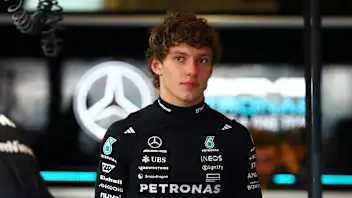 Antonelli picks standout moments from rookie season
Antonelli picks standout moments from rookie season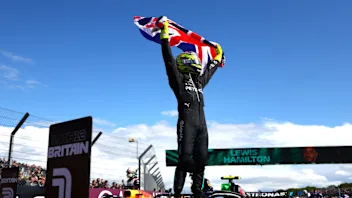 Quiz10 quiz questions on British F1 World Champions
Quiz10 quiz questions on British F1 World Champions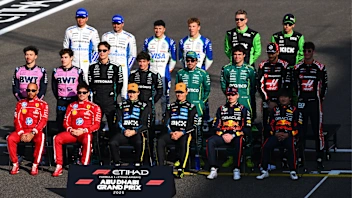 ExclusiveThe top 10 drivers of 2025 – as chosen by the drivers
ExclusiveThe top 10 drivers of 2025 – as chosen by the drivers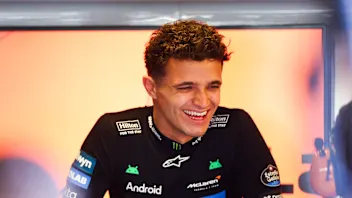 Norris praises support from Hamilton, Vettel and more
Norris praises support from Hamilton, Vettel and more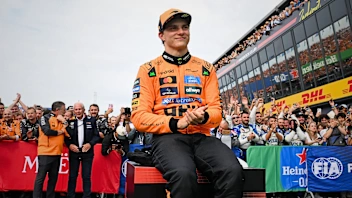 Hinchcliffe'History shows Piastri will be even better in 2026'
Hinchcliffe'History shows Piastri will be even better in 2026'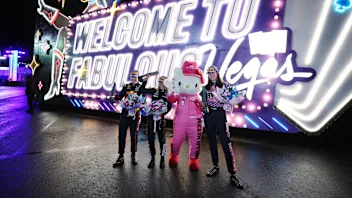 F1 AcademyThe best off-track stories of the F1 ACADEMY season
F1 AcademyThe best off-track stories of the F1 ACADEMY season